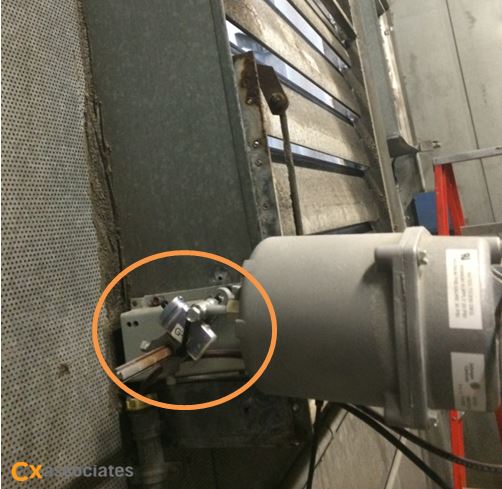In a previous blog post, I discussed the energy benchmarking service we currently perform for a healthcare network using the Energy Star Portfolio Manager (ESPM) tool. This tool is used to monitor the energy usage of a building over time. It allows a user to set energy goals, compare the overall energy use intensity (EUI) to a baseline year, and compare the building in question to other buildings with similar use-types and characteristics. In addition to continuing this specific service for the healthcare network, Cx Associates uses the benefits of benchmarking in other areas of our work too. This blog post will discuss what other areas of our work utilize benchmarking and then provide a brief update on changes ESPM has made to their scoring metrics over the past year.
3 min read
Benchmarking and Beyond
By Katie Mason on Aug 23, 2019 10:00:00 AM
Topics: Standards and Metrics Energy Efficiency Building Performance & Technology retrocommissioning Energy Management Existing Building portfolio benchmarking Energy Planning energy monitoring & solutions Energy Audit Building M&V
4 min read
Using Energy Metering to Verify Your Building's Performance
By Katie Mason on Jun 20, 2018 5:37:50 PM
Today there are a multitude of energy metering devices (e.g. data loggers) available to enable the analysis of building systems functionality. There are many different types of data loggers, each with a different purpose. To get the most from your building using energy metering, you need to narrow your options with your overall goals in mind. Before we install meters on a system, whether it’s an electrical system, HVAC system, or domestic hot water system, we must first determine what type of data we need and what the data will be used for. With this information, we put together a metering plan that will produce the data necessary for the analysis. I am going to provide two specific examples of systems/equipment we metered, including why we were performing the metering, how we did it (what types of meters), and what the findings were. Both of these examples showed the equipment being metered was not working as intended.


